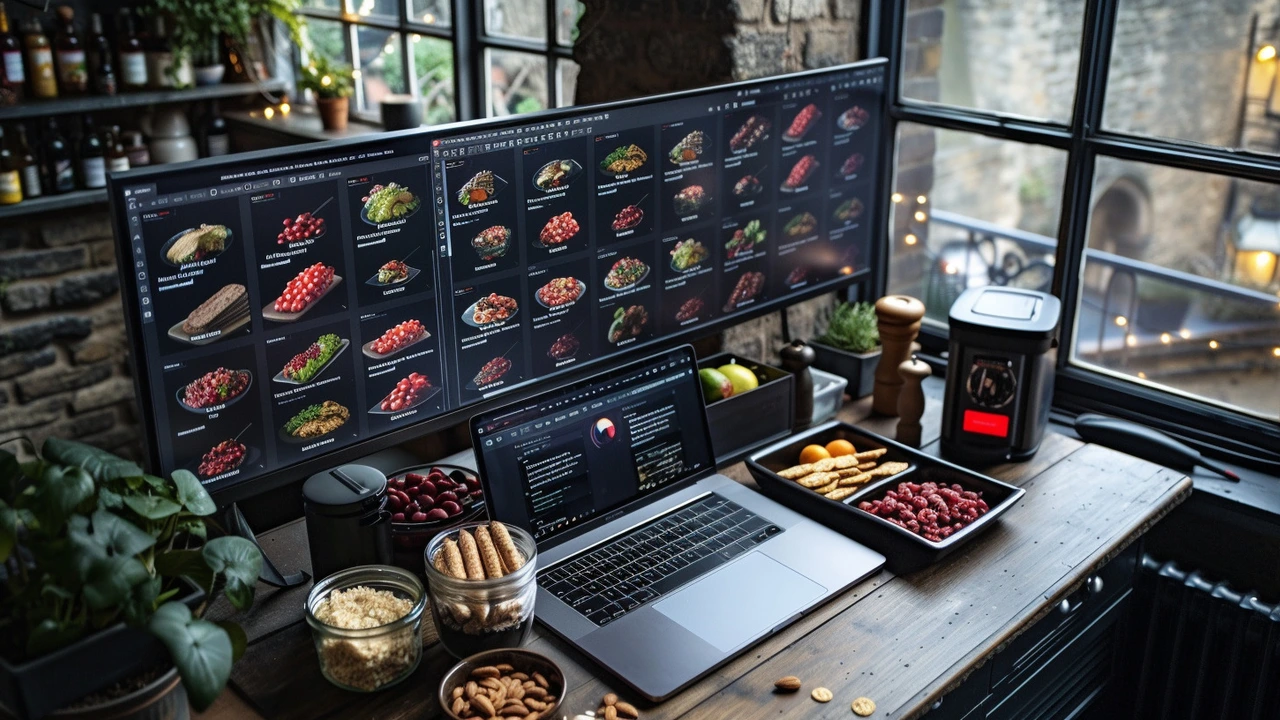Eating well doesn't mean perfect meals or strict rules. Small, steady changes beat dramatic diets. Focus on real food you can make without stress. This page gives clear, usable tips you can try this week.
Start with the building blocks. Aim for protein at each meal (eggs, beans, yogurt, lean meat), fiber (vegetables, fruit, whole grains), and a bit of healthy fat (olive oil, nuts, avocado). Drinking water matters—sometimes thirst looks like hunger. These basics keep energy steady and cravings down.
Use a simple plate rule: half the plate vegetables, one quarter protein, one quarter whole grains or starchy veg. That setup helps with portion control and keeps meals balanced without counting calories. If you're short on time, a bowl with those elements is faster than a complex recipe.
Snacks that actually help: Greek yogurt with berries, a small handful of nuts plus a piece of fruit, hummus with carrot sticks, a hard-boiled egg and a few whole-grain crackers, or apple slices with nut butter. These combine protein and fiber so you stay full longer.
Breakfast in under 10 minutes: overnight oats you prepped the night before; a blender smoothie with spinach, a banana, protein powder or Greek yogurt, and a spoon of nut butter; avocado toast topped with an egg; cottage cheese with fruit and a sprinkle of seeds; or whole-grain toast with peanut butter and sliced banana. Little prep, big payoff.
Want fresh juice? Make it at home with a blender to keep the fiber. Pair greens (kale or spinach) with citrus and a bit of apple or carrot for sweetness. Avoid straining too much—fiber slows sugar absorption and helps your gut.
Plan one simple menu for a few nights. Cook a batch of lean protein and a grain on Sunday, then mix with different veggies across the week. Frozen vegetables are fine and save time. Season with garlic, lemon, herbs, or a splash of vinegar to keep things interesting.
Practice mindful eating. Turn off screens, chew slowly, and pause between bites. Notice hunger and fullness—this helps prevent overeating and makes food more satisfying. If stress drives your eating, try a five-minute breathing break before reaching for a snack.
Handle cravings without giving up progress: include small treats so you don't feel restricted, pair sweets with protein to blunt the sugar rush, and fix sleep and stress first—poor sleep raises hunger hormones and makes cravings worse.
When shopping, keep a short list and stick to the store perimeter for whole foods. Read labels for added sugar and sodium when you buy packaged items. Swap soda for sparkling water, choose whole-grain bread, and add an extra vegetable to your plate.
Try one change this week—swap one snack, add a veggie to lunch, or prep breakfast ahead. Small habits add up fast and make nutritious eating feel natural, not stressful.

Hi everyone! Have you ever wondered what the best snacks are for a busy student life? In our latest post, we're excited to share a roundup of the healthiest, brain-boosting snacks perfect for students. Dive into our selection of nutritious, easy-to-make snacks that will keep your energy levels up and your focus sharp throughout the day. Remember, your brain needs proper fuel to learn effectively, so let's make healthier snacking a part of our school routine!
Read More